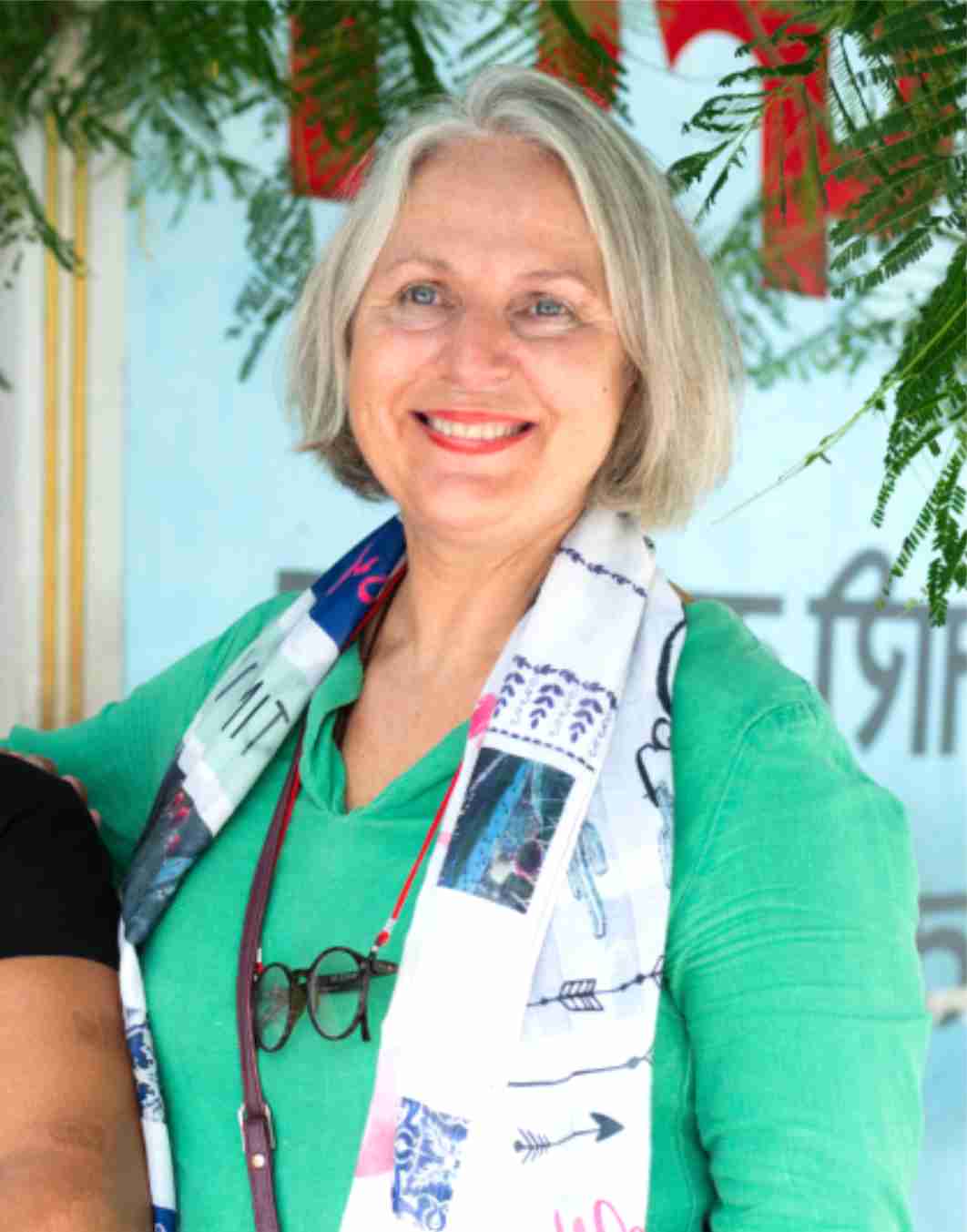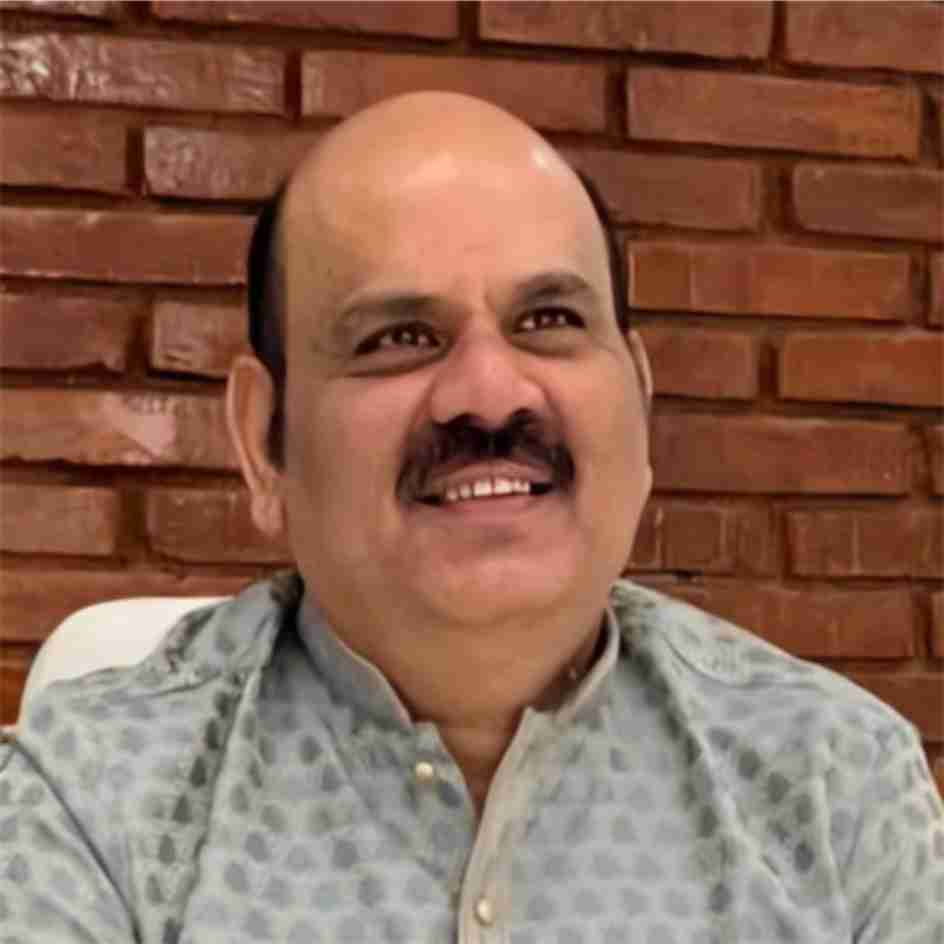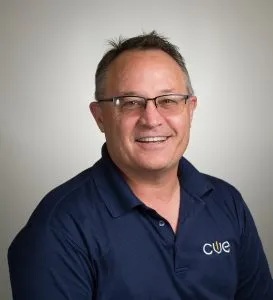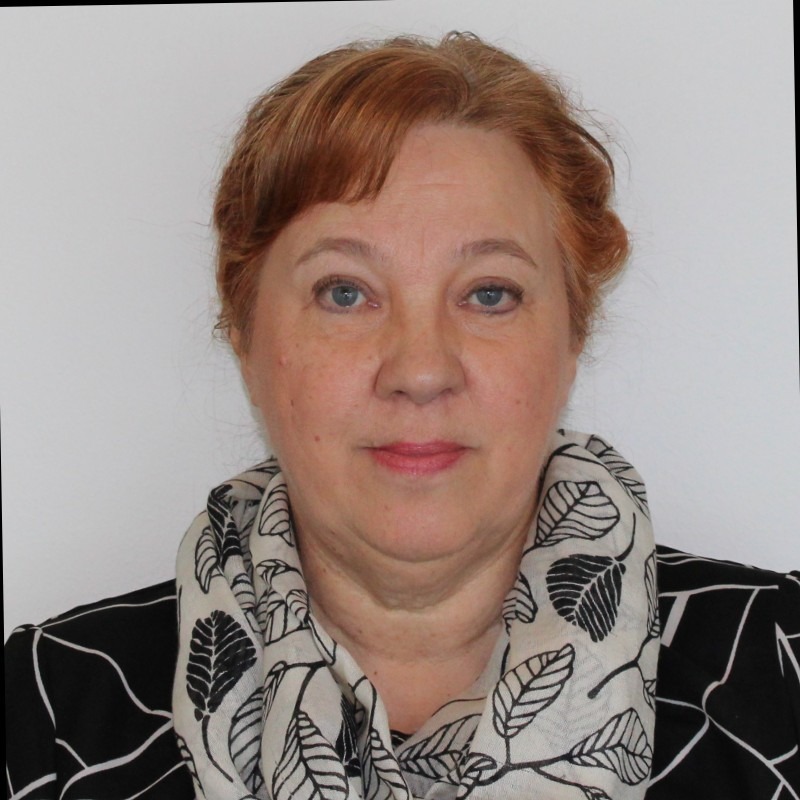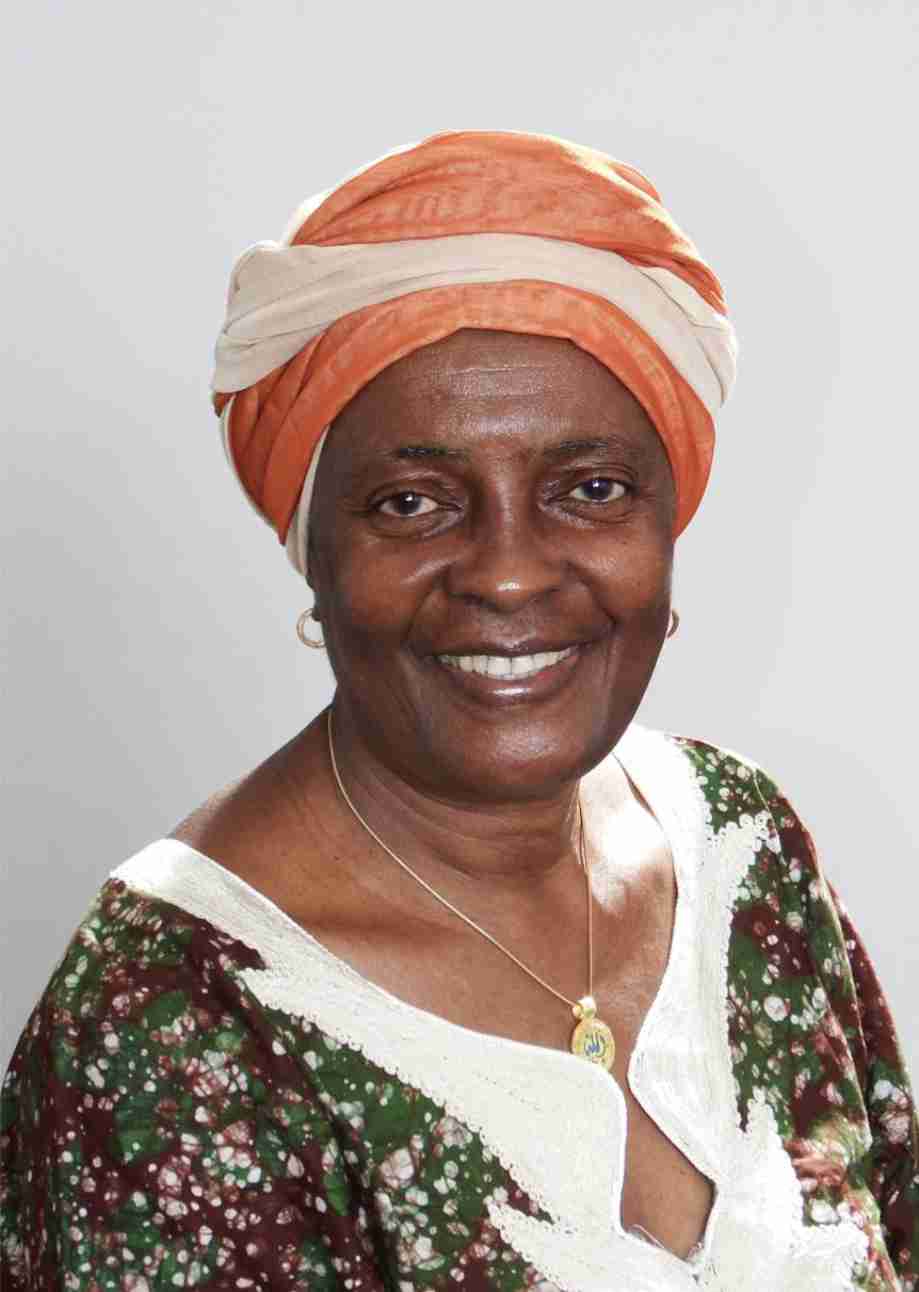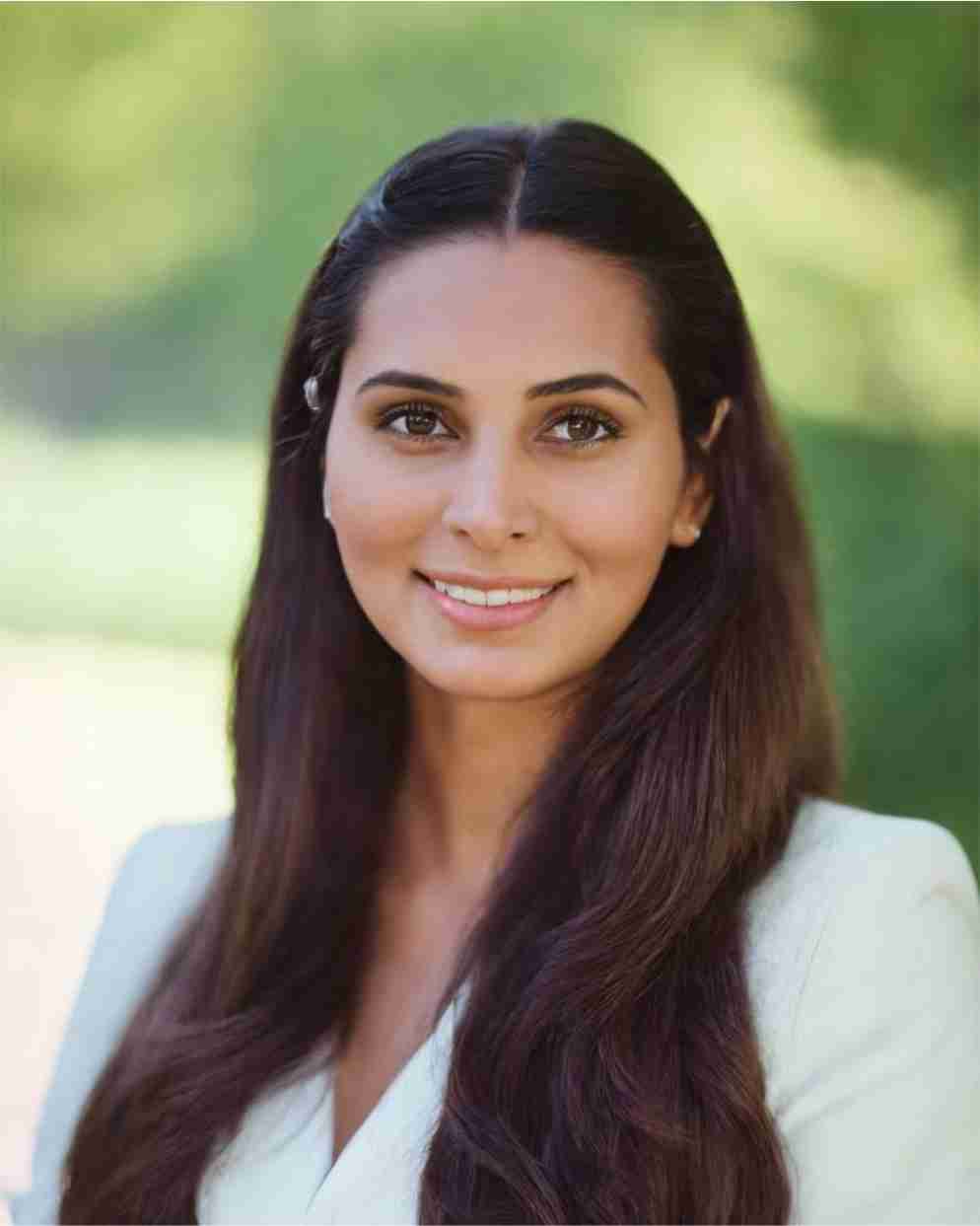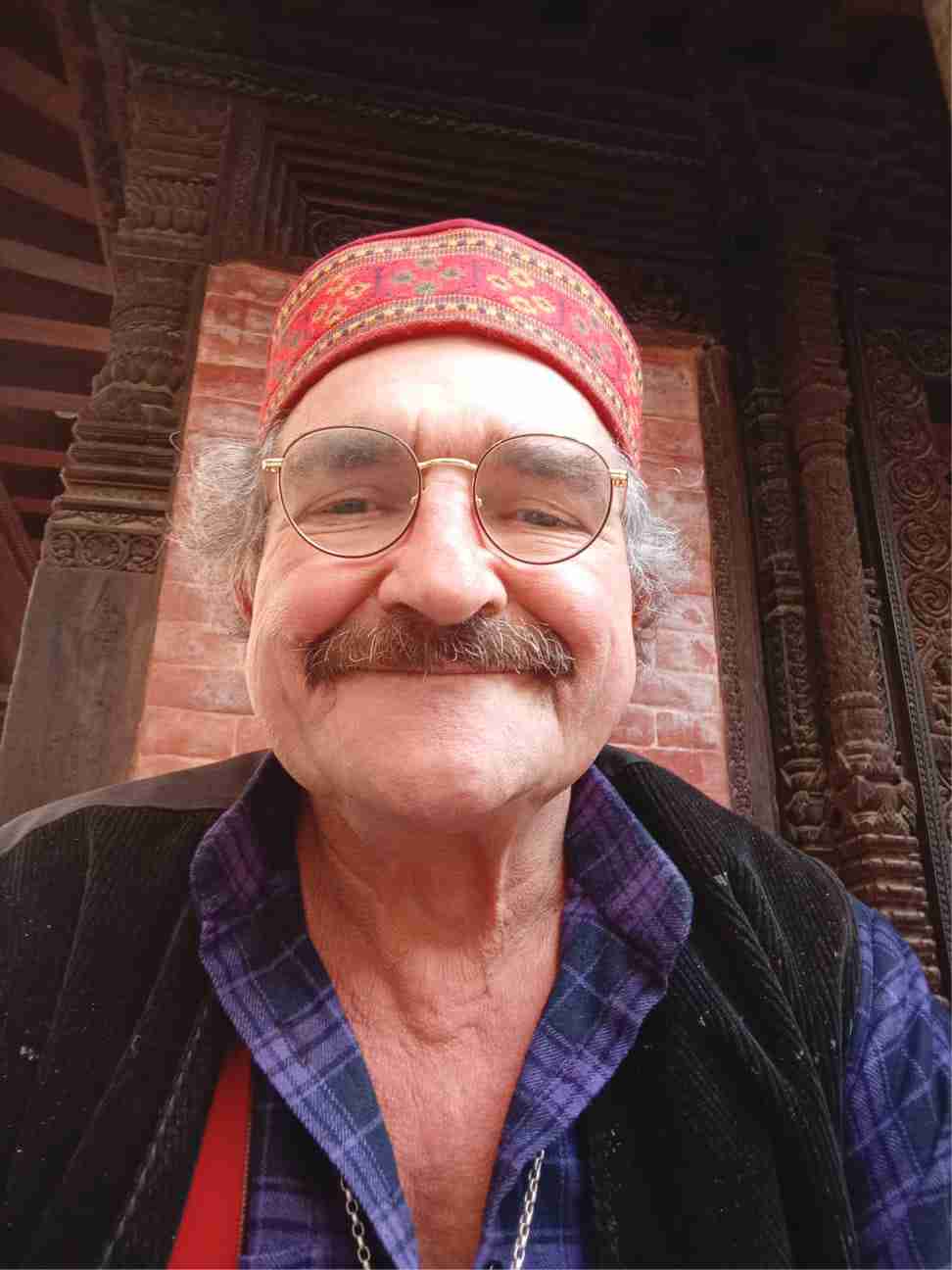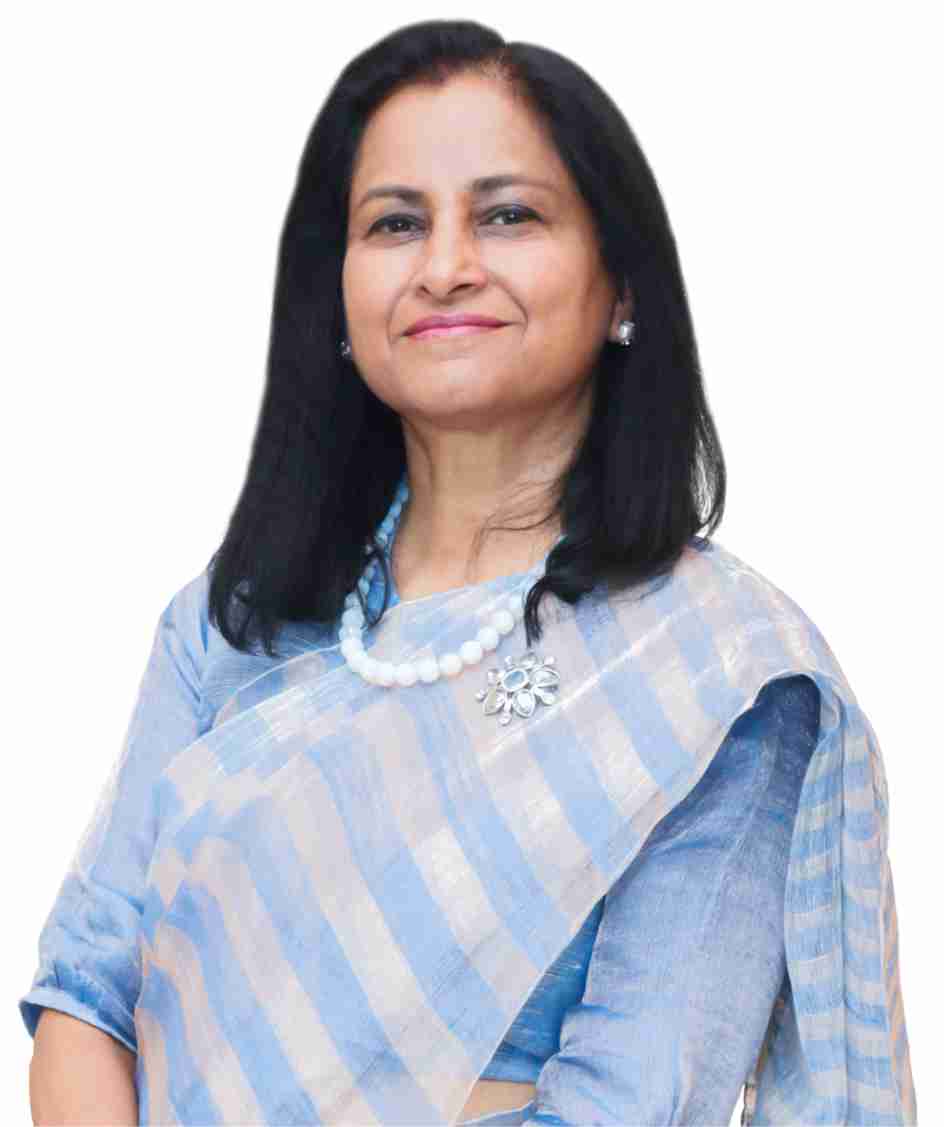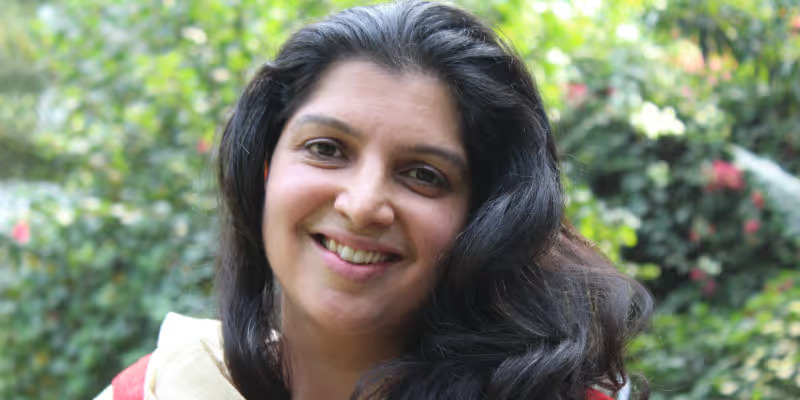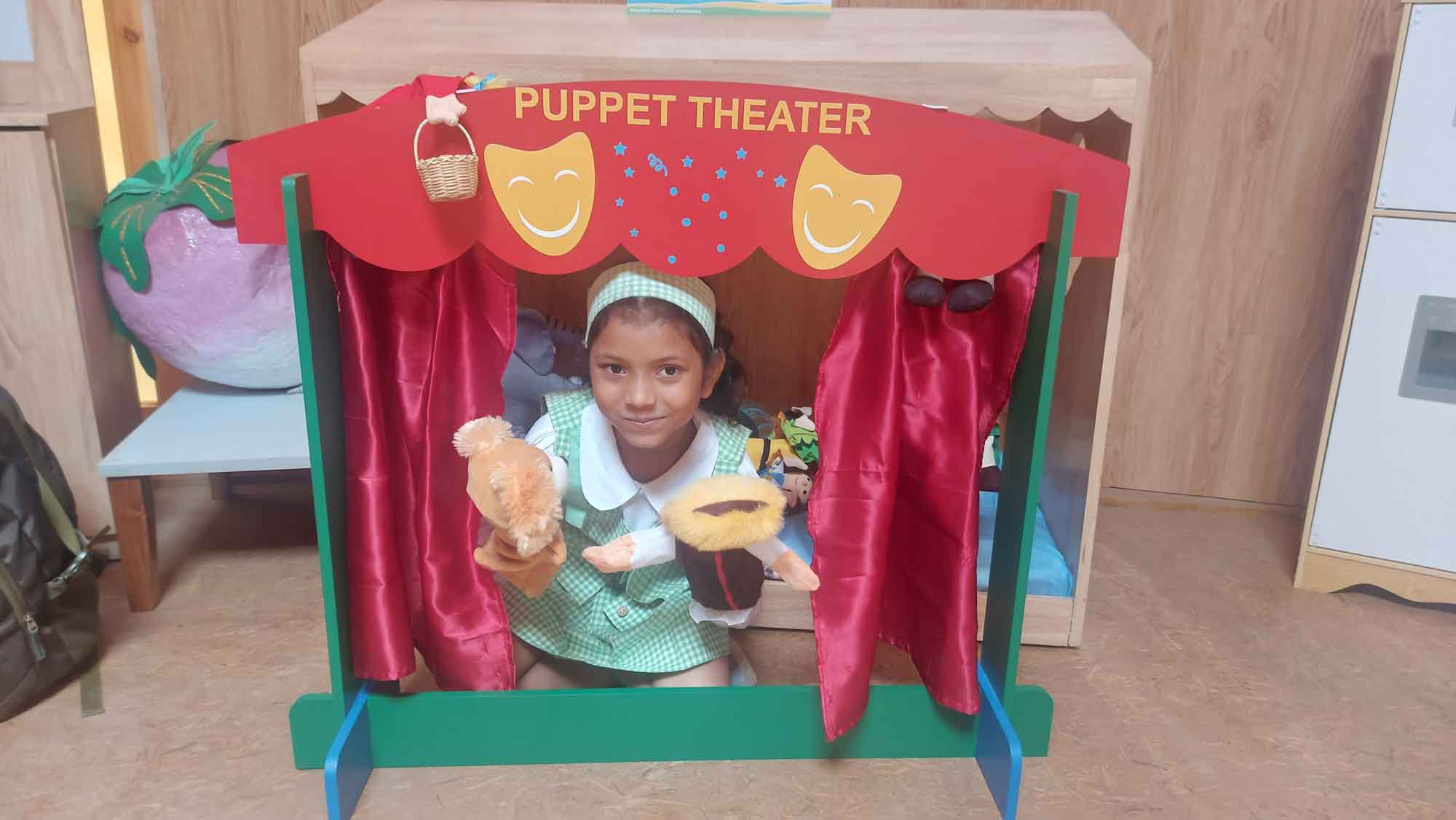
Frequently Asked Questions
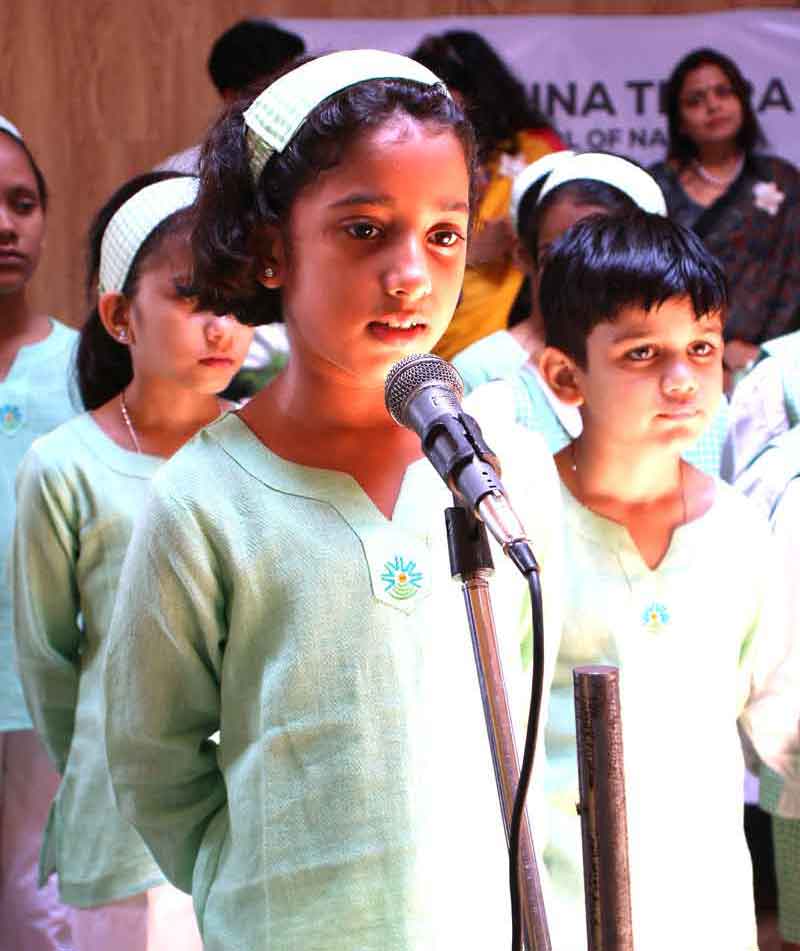
- Rooted in values - Empathy, kindness, and emotional intelligence come first.
- Grounded in tradition, guided by innovation - Blending timeless wisdom with the best of today.
- Nature meets the world - Learning blends outdoor wonder with global awareness.
- Smaller classes, bigger attention Every child is seen, heard, and supported.
- Circular classrooms, focused minds Our yurts inspire calm, connection, and creativity.
- Mixed ages, shared growth Older kids lead, younger ones learn, everyone grows.
- Light bags, lighter hearts Kids carry home only what matters.
- Tech with intention Mindful use of AI and screens to enrich, not overwhelm.
- Up to two grades ahead Naturally, joyfully without pressure
- Learning about the world through multiple languages like Spanish, German and French
- 4C Skills
- 4C Traits
- Leadership
- Grit, Determination and more
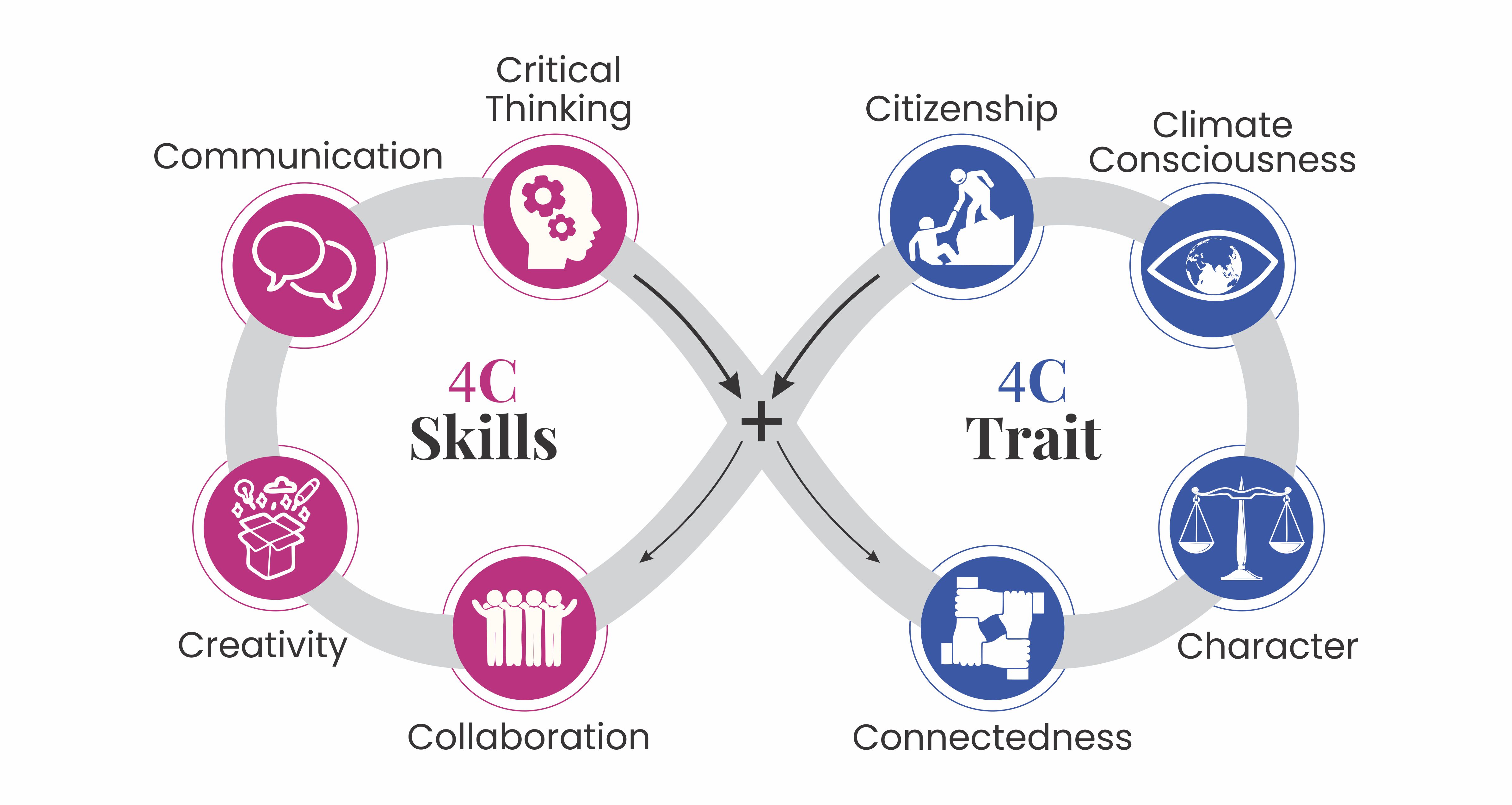
- One curriculum, many doors CBSE, ICSE, and IB goals are woven into one strong foundation.
- Choose your path, when it counts In Grades 11 & 12, students pick CBSE or IB.
- Concepts first, boards later We teach for understanding, boards follow naturally.
- All teachers hold B.Ed. degrees, ensuring strong foundational training in education.
- Many are pursuing or have completed Master’s degrees in Education or their subject specialisation.
- Ongoing professional development is a priority at Lumina Terra.
- Frequent training sessions are conducted by global education experts.
- Focus areas include:
- Social-emotional and mental well-being
- Personalized feedback techniques
- Designing higher-order thinking questions
- Daily exposure builds real language fluency not once a week lessons.
- We focus on one language at a time for 3 months for deeper learning.
- Children get 60 days of immersive activity based practice before moving to the
next using:
- Songs
- Stories & rhymes
- Games
- Conversations
- Previous languages are gently revisited, building comfort across all learned languages.
- This rhythm based approach makes learning natural, focused, and fun.
- One flagship campus — no branches, no franchise
- Built from scratch with a clear vision for quality & innovation
- Personally curated spaces designed for joyful, child-led learning
- Every detail matters — because your child deserves the best
- Not owned by one person — Lumina Terra is a vision, not a venture - https://www.luminaterra.org/about-us.html
- Led by an International Advisory Panel of education thinkers and experts
- Collective leadership ensures diversity, innovation, and global best practices
- Driven by purpose — every decision puts children at the center
- Currently, Lumina Terra is open for children from 2 to 10 years of age.
- Our middle and secondary school sections will be launched next year, beginning with Grade 6.
- Music, movement & rhythm are central to the Lumina Terra experience.
- Dance deepens expression, coordination, and cultural awareness.
- Introduced from the earliest years to support emotional and creative growth.
- In Indian classical (Kathak): rhythm, footwork, and expressions.
- Western forms: contemporary, hip hop, and freestyle.
- Performing arts are not addons they're core to how we learn and grow.
- Circular & open design : No corners, no backbenchers. Every child is part of the circle.
- Every seat is the front row : Because every child deserves to feel important.
- Natural & nurturing spaces : Built to calm, center, and connect children with their environment.
- Every child is seen : The layout encourages eye contact, collaboration, and inclusion.
- Supports focus & creativity : The unique structure reduces noise distractions and stimulates imagination.
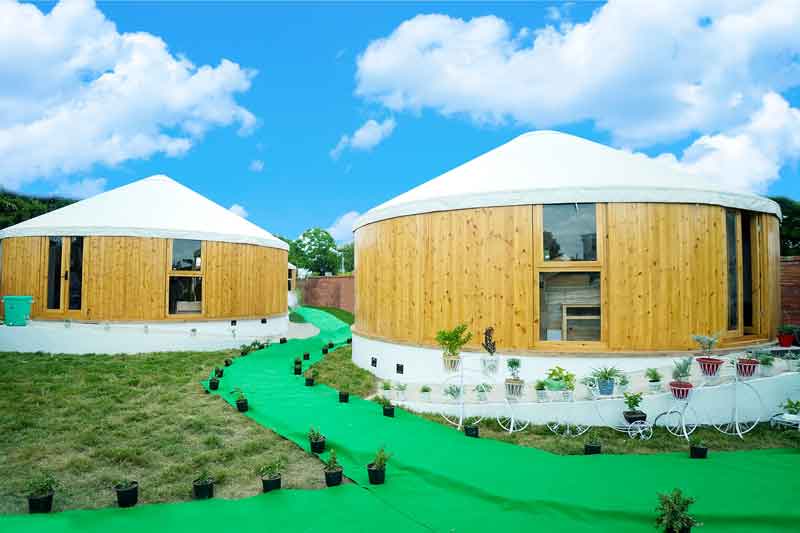
- We have plans to provide food at school.
- This will include balanced, nutritious meals for the children and staff.
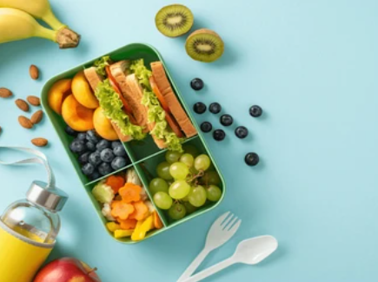
- Reflects real learning diversity Children naturally vary in pace, ability, and interest mixed age classrooms honour that truth.
- Teaches at the right level Children aren’t expected to be in the same place. Each one moves forward from their own starting point.
- Wider learning curve The base of the learning curve expands, allowing more room for growth across ability levels.
- Peer-powered progress Older students reinforce their learning by guiding younger peers; younger ones learn by observing and engaging at their own pace.
- Builds leadership & empathy Children take on different roles learner, mentor, collaborator fostering confidence and social emotional growth.
- Accelerated learning, without pressure Children advance naturally through exposure, repetition, and real collaboration not rushed instruction
- Peer Learning Amplifies Growth Older children explain, model, and reinforce concepts for younger peers deepening their own understanding in the process. Younger ones get multiple exposures and real life examples from both adults and older children.
- No artificial ceilings Mixed-age classrooms remove the invisible limits created by grade levels. Children can move ahead naturally when ready, or take the time they need to revisit concepts—without stigma.
- Real-world readiness The world is not divided by age. Multi-age learning mirrors how we collaborate in teams, families, and communities—preparing children for authentic life settings.
- Confidence and agency thrive Children become both learners and mentors. This dual role boosts self-esteem, social-emotional learning, and independence.
- Accelerated learning happens organically When instruction is not limited by rigid grade-level expectations, children often learn faster and more deeply especially through the ALfA model, where peer learning is at the core.
At Lumina Terra, we follow a blended learning approach that brings together the best of all worlds:
- Books to build foundational knowledge
- Creative, hands-on activities to foster imagination and expression
- Interactive Flat Panels (IFPs) and age-appropriate AI tools to spark curiosity and engagement
- Child-led tracking - We start with where the child is and map progress toward age level goals, aiming to take them up to two grades ahead—naturally and without pressure.
- Ongoing assessment - Progress is monitored daily through projects, worksheets, activities, and teacher observation.
- Portfolios - Each child builds a personal portfolio capturing their learning journey and milestones.
- Internal & global benchmarks - Regular in-house assessments are paired with occasional international benchmark tests to ensure world class standards.
- Real-time updates - Feedback and progress are shared with parents through the school app, keeping communication open and continuous.
At Lumina Terra, we support children who need extra academic help through a layered approach. We use a buddy system and paired learning so children can learn from peers in a comfortable setting. Teachers closely monitor each child and provide additional support sessions when needed—offering personalized guidance to help them catch up and build confidence without pressure.
Homework at Lumina Terra is given based on the child’s age, schedule, and academic needs. It is thoughtfully designed to be light, purposeful, and never stressful, reinforcing concepts without overwhelming the child. For younger grades, it is mostly activity-based or reflective, while older students may receive slightly more structured tasks as needed.
We conduct formal Parent-Teacher Meetings once a month to share progress, insights, and feedback. In addition, we maintain open communication, parents are always welcome to reach out and schedule a meeting with the teacher whenever needed.
Yes, we provide regular and personalised feedback to parents through our school app and student diaries. This ensures parents stay updated on their child’s academic progress, behaviour, and overall development in a consistent and meaningful way.
"In a mixed-age group setting, we use paired learning where older children guide younger ones. This naturally supports transactional communication, as both age groups engage in meaningful two-way interactions—explaining, questioning, and learning from one another. Teachers facilitate this process by carefully pairing students, modelling respectful dialogue, and encouraging older children to scaffold learning for younger peers. This not only strengthens understanding for both but also builds empathy, leadership, and confidence across ages.
In a mixed-age group setting, each child’s academic records—like the Transfer Certificate (TC) and Report Card—will still be issued based on their individual grade level, not the group as a whole. Even though children learn together in a blended environment, their progress is tracked, assessed, and documented separately according to their registered class. The report card will reflect grade-specific learning outcomes, and the TC will align with official academic records as per the affiliated board (CBSE/IB).
ALfA (Accelerating Learning for All) is a child-centered, peer-learning pedagogy developed by Dr. Sunita Gandhi. It focuses on rapid foundational literacy and numeracy through paired learning, where children learn from and with each other. The approach uses relatable characters like Tina and Toto to guide learning in a playful, story-based format—making it joyful, engaging, and effective for all learners, regardless of their starting level.
In our Montessori classrooms, we maintain a ratio of around 1:24 to 1:30 with two teachers to ensure individualised attention and hands-on guidance. In the Primary and other classes, there is one teacher per class, with additional support available when needed, ensuring every child receives focused care and a high-quality learning experience.
